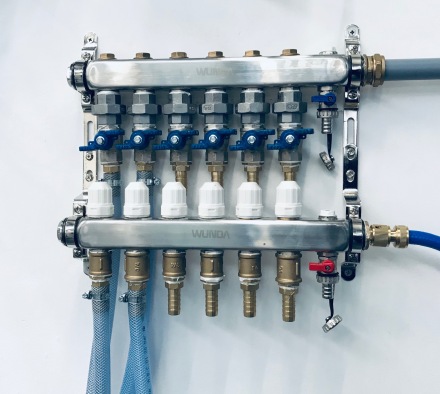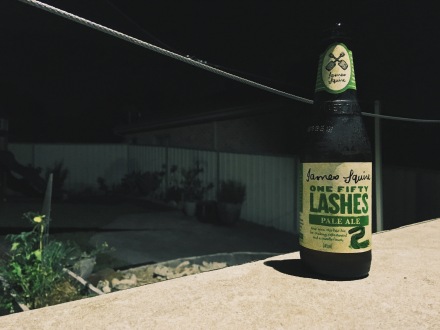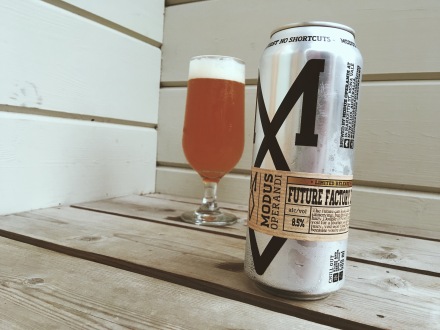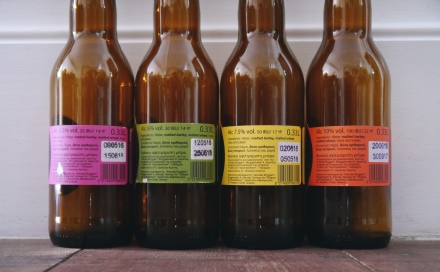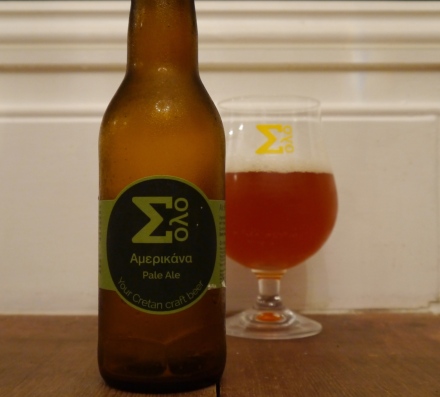Pictures are known to say a thousand words, and in recent times some of those words about my photos have been “what the hell’ or “how on earth did you do that?’
Occasionally there is a why too, and that why is always because I strive to create something different wherever I can. The photos I’ve taken over the last few years have always been centred around the beer in question. I may use a play on words or some other link to the beer, but either way, the beer always takes the lead, and I’ll fashion a picture around it.
It started when Moor Beer hosted Craft Beer Hour and I had a bottle of Confidence, a proper Moor beer, a 660ml bottle. I’d seen plenty of floating cans and I thought, you know what, with this bottle of Confidence I can show just how confident I am and make it float.
It did take me while to figure out exactly how I would achieve this, as I didn’t want there to be any sign of anything supporting the bottle in the final photo. But as you can see, the bottle is floating perfectly above the Moor glass.
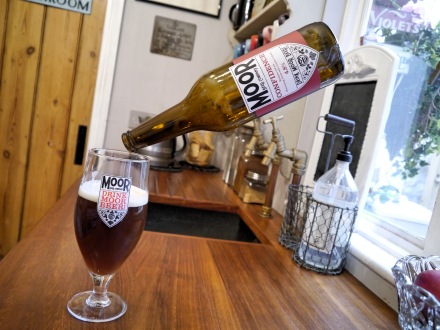
This, like all of my photos was not Photoshopped, I figured out a way of supporting the bottle without any of that support being visible in the final photo. Take a proper look, can you work it out?
Since taking this, I explored a little further and came up with the photos that follow.
Cloudwater, Seville Row.
This shot was quite simple; with Seville Row sounding similar to Saville Row, all I had to do was make sure I distributed the one beer I had evenly between multiple glasses which formed a row.
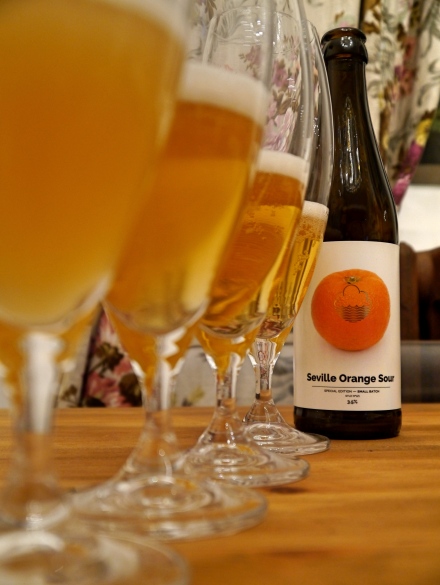
Crane Beer, Cake by the Ocean.
Around the time that I took this photo, the band DNCE released a song called Cake By The Ocean. I had a bottle of Cake, so a photo of this beer by the sea seemed perfect.
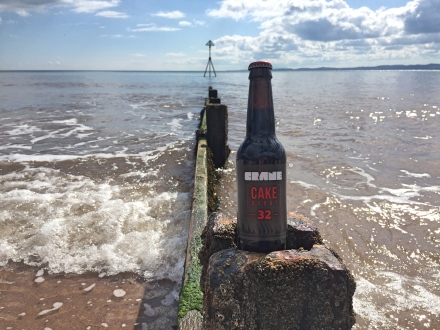
St Austell, Smoking Guns.
Not being a gun owner I thought the best way to photograph this beer was to create a little smoke around it. I’m no longer a smoker but I do vape, and after multiple attempts of vaping around the beer I ended up with something I was happy with.
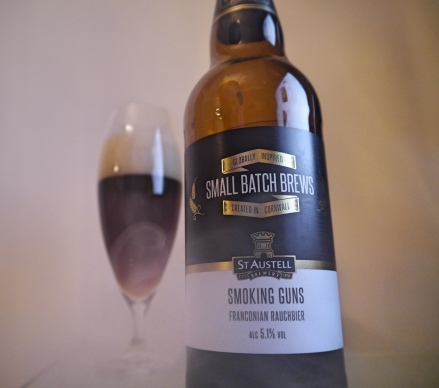
Art Brew, Art Attack.
These were the first beers I’d managed to get hold of from Art Brew and all I could think of was the children’s TV program Art Attack, I grew up with this being on TV and now with these beers I could take inspiration from that program and create a beer photo.
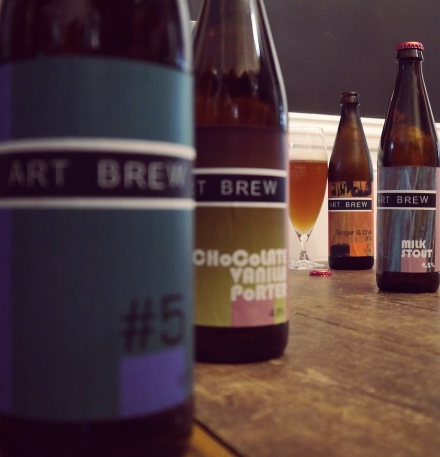
Verdant/Howling Hops, Auspicious Directions of 8 Mansions.
This is where things started to get a little deep, maybe a little too deep for some, but like with my other photos, I wanted to make this a little different. Initially I wasn’t familiar with the concept of the Eight Mansions theory, and a lot of research was required in order to create this shot.
The Eight Mansions theory is a practice of Feng Shui used to determine the best and worst locations/positions of your dwelling. It is used to find out whether you are compatible with the house and to find your favourable and unfavourable personal directions within that house.
I adapted the rules of the Eight Mansions theory to create my photo and here’s what I ended up with.
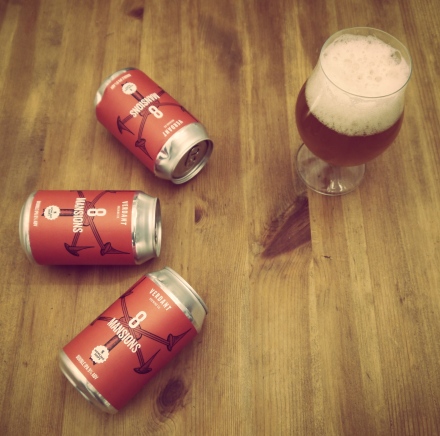
Cloudwater/Other Half, Imaginary Greenscapes.
From the moment I saw this beer, and that artwork, I knew I had to photograph it in front of a pylon. All I had to do was find a suitable location and make the shot. Armed with some suitable support in the form of some steel pipe, I wandered into a farmers field and set about lining up the shot. I positioned the can and glass atop the pipe in front of a pylon and lined up the can artwork with the angular metalwork of the pylon. The final photo was cropped in order to disguise to method of support.

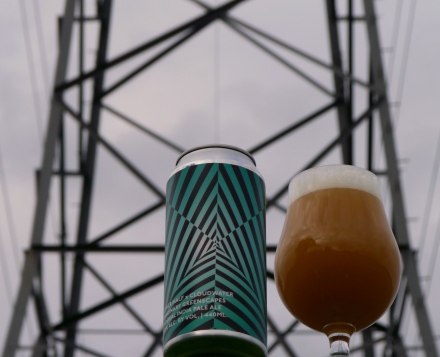
Salopian, Lullaby.
Everyone loves a nice lullaby before bedtime, and I’m no different.

Wilde Child Brewing Co.
These were both shot for Craft Beer Hour when Wilde Child hosted. I was lucky enough to have had my name pulled from the hat to receive beer from the hosting brewery, so I thought I’d return the favour and take these.
Pushing Boundaries.
I pushed the boundaries of the floating can shot with this and made it float without using the ring pull.
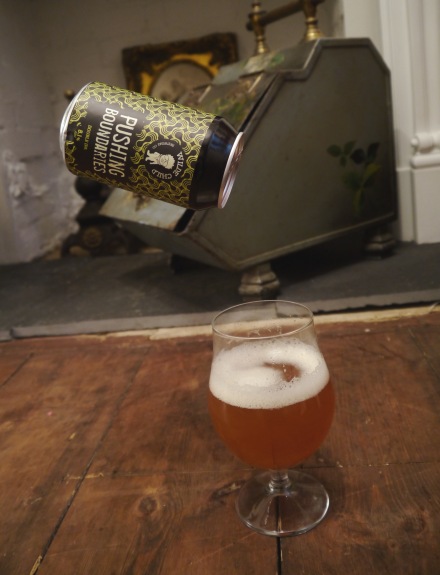
Hedonistic Existence.
It’s a ganache stout, so rather than putting the beer in the glass, I made some ganache and used that instead. Both the beer and the ganache went down a treat.
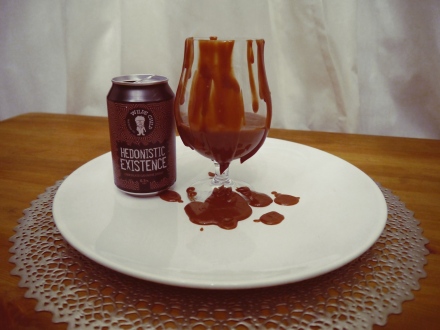
Brew By Numbers.
I know everyone thinks I favour the beers of Brew By Numbers for photo’s, I don’t, honest! But, they have given me the most inspiration for photos over the last few years. I set myself a goal too, which was to take a photo of every DIPA that The Numbers brew, although I have done a few others along the way too.
55|01, Double IPA.
Nice and simple shot using a glass desk to create a reflection so you see a double of the bottle.
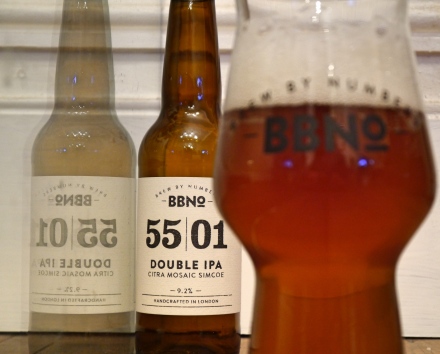
55|02
Unfortunately this wasn’t bottled and as such, I have been unable to create a photo for this beer. However, I would love to be able to do so.
55|03, Fifty Five is the Magic Number.
We all know that three is the magic number, so three bottles of 55|03 it is.

55|04, Four to the Floor.
Originally inspired by the Starsailor song of the same name, I wondered how I could make this into a beer photo. If you are musical you’ll see that the position of the glass and bottles represents the notes on a stave of a disco bass drum pattern. The floorboards play their part too.
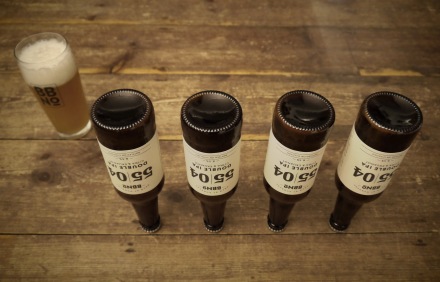
55|05, Hang Five.
Hang Five is a surfing term that describes when the surfer moves to the front of the board and hangs all of their toes over the edge of the board. I emulated this by hanging the five bottles over the edge of my table.
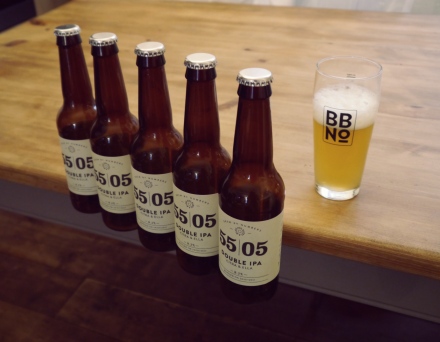
55|06, Firing on all six.
This is one for the petrolheads and fans of V6 engines. I recreated a V6 engine using bottles and devised a method of support that was not visible in the final photo.
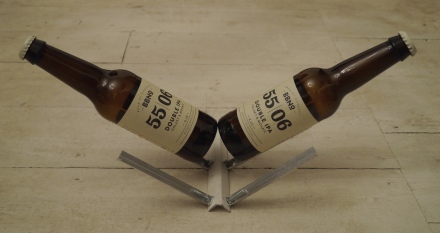

You’ll notice that the number of bottles used in each photo corresponds with the recipe number, this is deliberate and will continue for as long as the DIPAs do.
01|27, Meanwhile, down on the allotment..
Just a few hundred yards from our house is a small collection of allotments, so I put my wellies on, grabbed my trowel and went to photograph some beer. One of the allotment keepers was intrigued by what I was doing, he offered to help too. He told me that the plant in the background was actually Chard, but rather disappointingly, he didn’t have any Fennel.
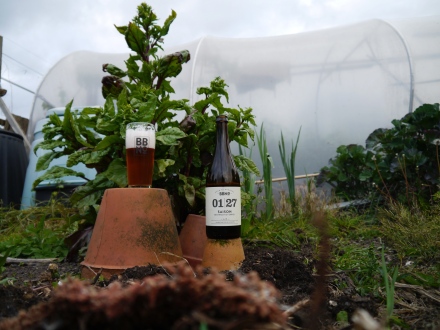
01|30, Resting on your Lorals.
Not being one to rest on my laurels, I will continue to take shots that will make you think a little differently about that beer sat in front of you.
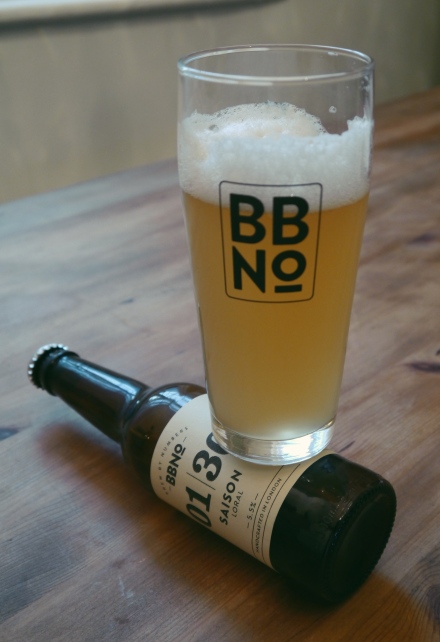
But I’m not giving away the secret of this photo.


